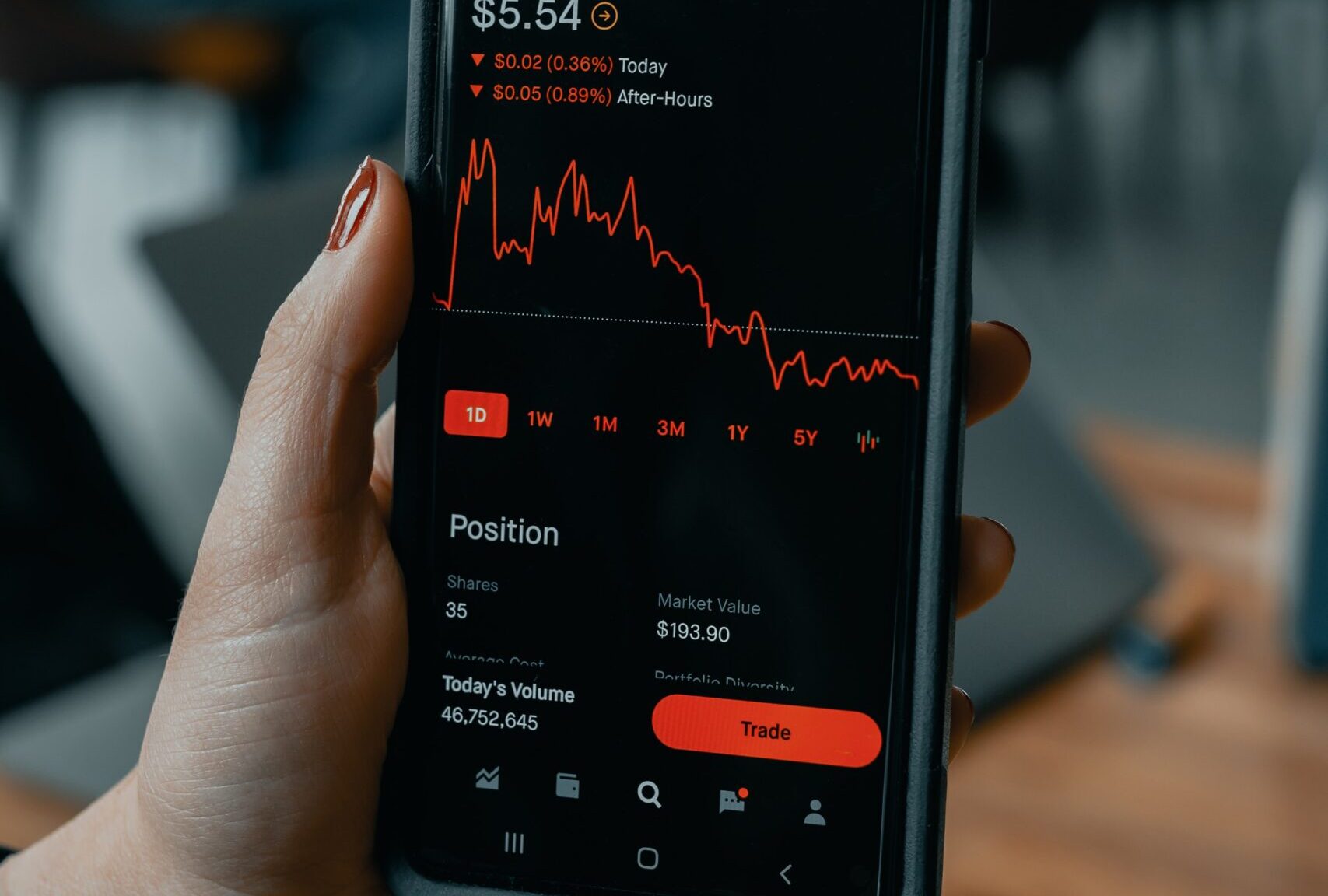The bear put spread is an options trading strategy that can be used by investors to profit from a bearish market while limiting potential losses. In this article, we will provide a complete guide to the bear put spread, including what it is, how it works, and the pros and cons of using this strategy.
What is a Bear Put Spread?
A bear put spread is an options trading strategy that involves buying a put option at a higher strike price and selling a put option at a lower strike price with the same expiration date. This strategy is used by investors who believe that the price of an underlying asset will decrease moderately in the near future.
How Does a Bear Put Spread Work?
The bear put spread works by buying a put option at a higher strike price and selling a put option at a lower strike price. The investor pays a premium for both options, which limits their potential loss. If the price of the underlying asset decreases, the investor can profit from the difference between the strike price of the two options.
For example, let’s say an investor believes that XYZ stock will decrease in price over the next month. They buy a put option with a strike price of $60 for a premium of $3 and simultaneously sell a put option with a strike price of $50 for a premium of $1. The net premium paid for the bear put spread is $2 per share.
If the price of XYZ stock decreases to $45 before the expiration date, the investor can exercise their put option and sell the stock at the higher strike price of $60. They can then buy the stock back at the lower strike price of $50, which they sold the put option for, realizing a profit of $10 per share. After subtracting the premium paid for the options, the net profit is $8 per share.
Pros of Bear Put Spread
- Limited Risk: The maximum loss of a bear put spread is limited to the net premium paid for the options. This makes it a less risky strategy than buying a put option outright.
- Reduced Cost: The bear put spread is a less expensive strategy than buying a put option outright. This makes it an attractive strategy for investors who want to profit from a bearish market but have limited capital.
- Limited Profit: While the profit potential of a bear put spread is limited, it can still be a profitable strategy if the price of the underlying asset decreases moderately.
Cons of Bear Put Spread
- Limited Profit Potential: The profit potential of a bear put spread is limited by the strike price of the put option sold. This means that if the price of the underlying asset decreases significantly, the investor’s profit potential will be limited.
- Time Decay: The value of the options in a bear put spread will decrease over time, which means that the investor’s potential profit is limited to the expiration date of the options.
- Requires Correct Market Prediction: The bear put spread requires that the investor correctly predicts the direction of the market. If the market does not move in the predicted direction, the investor may experience losses.
Conclusion
The bear put spread is an options trading strategy that can be used by investors to potentially profit from a bearish market while limiting potential losses. While the strategy has its advantages and disadvantages, it can be a profitable strategy if used correctly. Investors should carefully consider their investment goals and risk tolerance before implementing a bear put spread strategy.
More information about:
